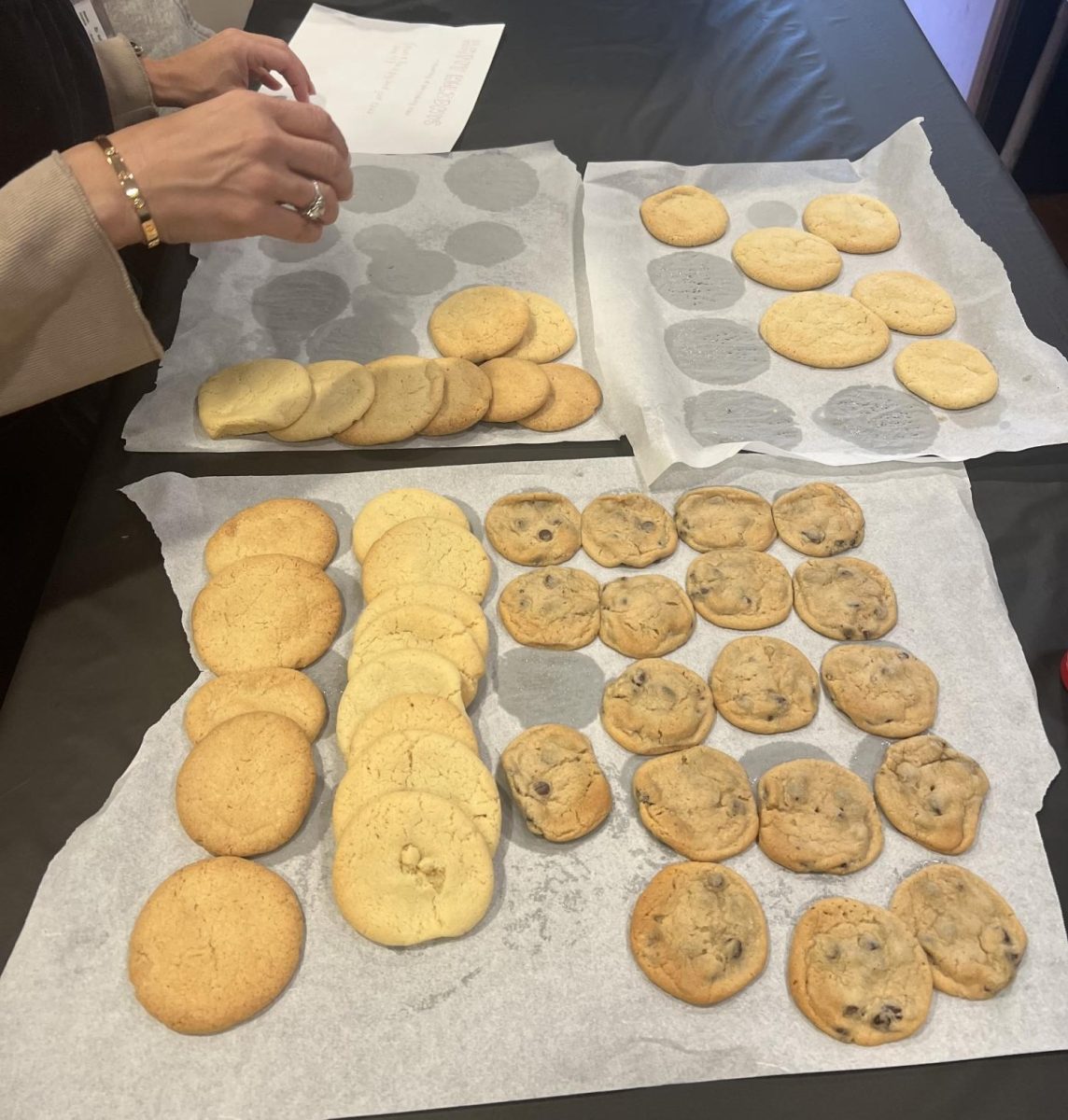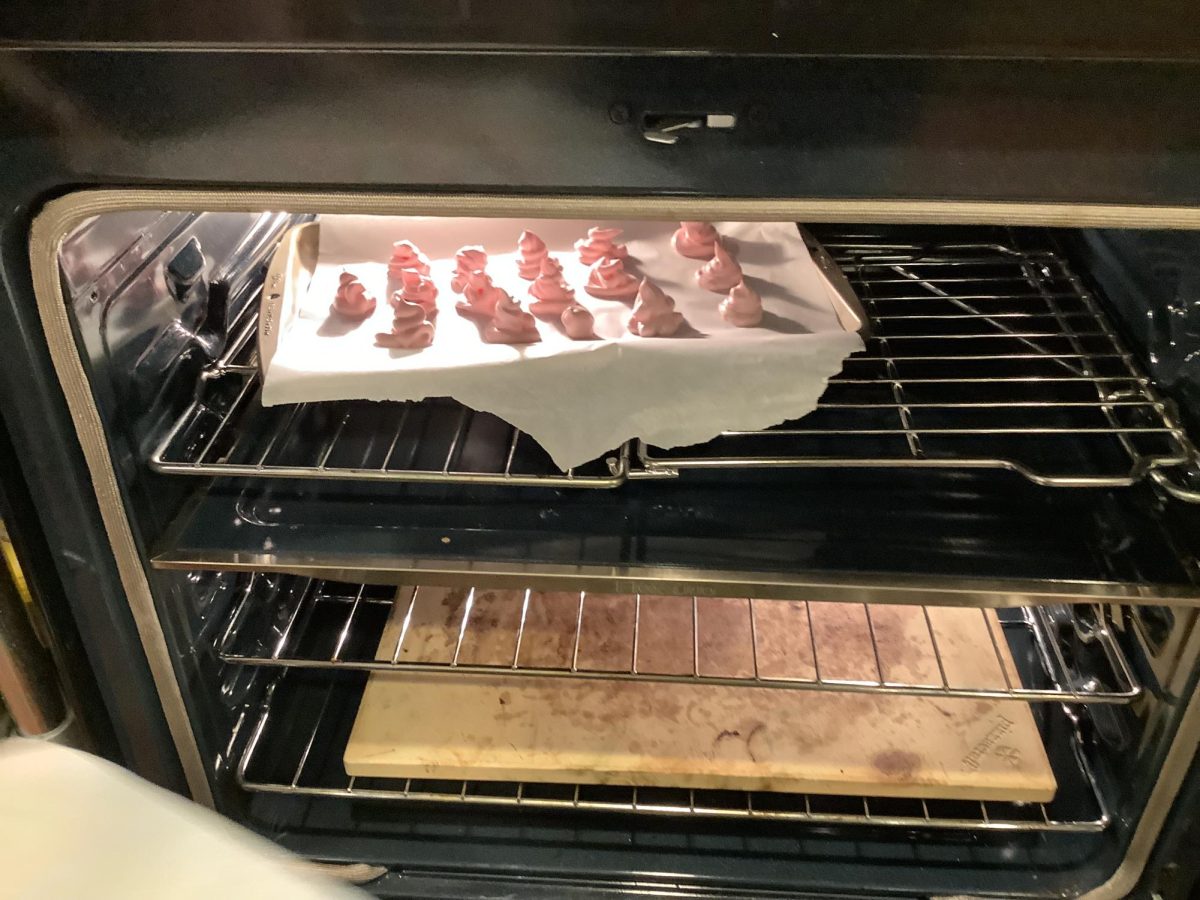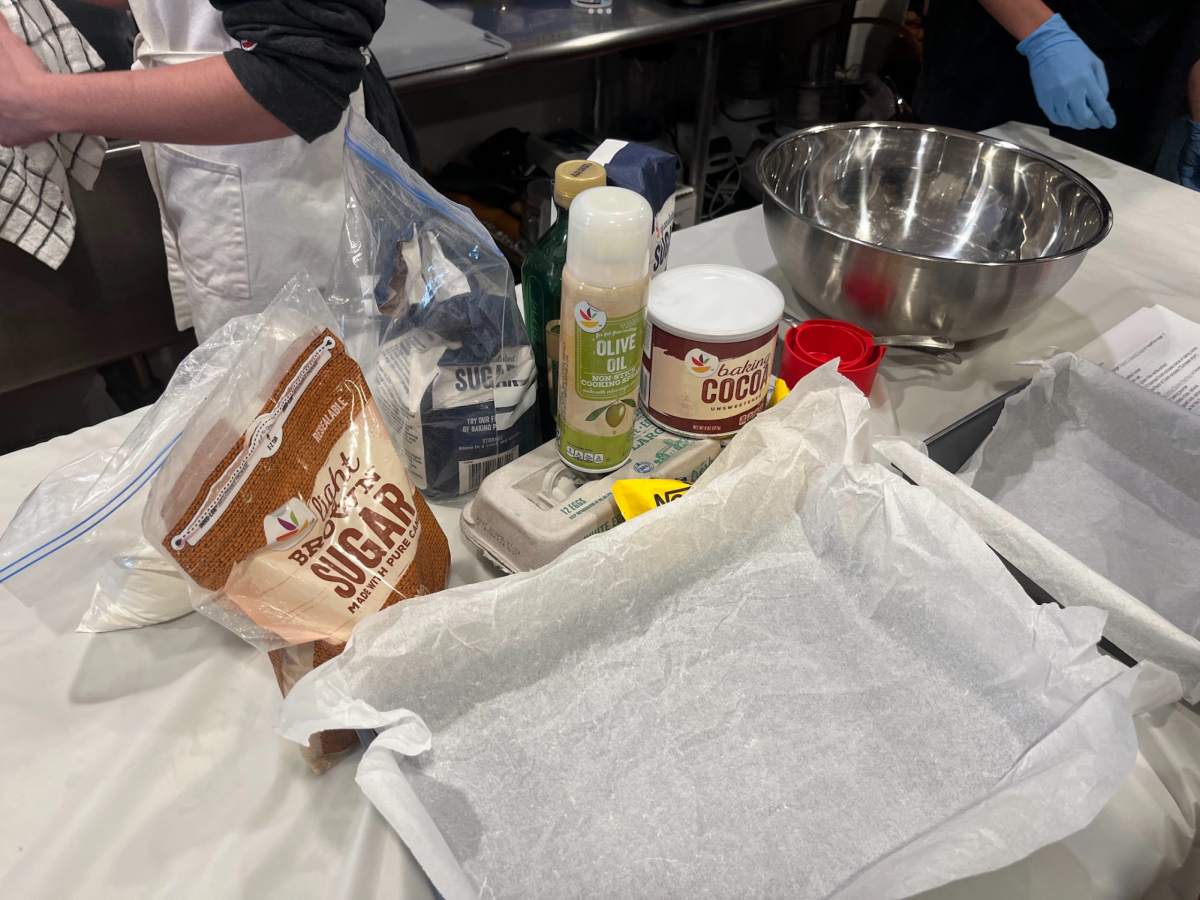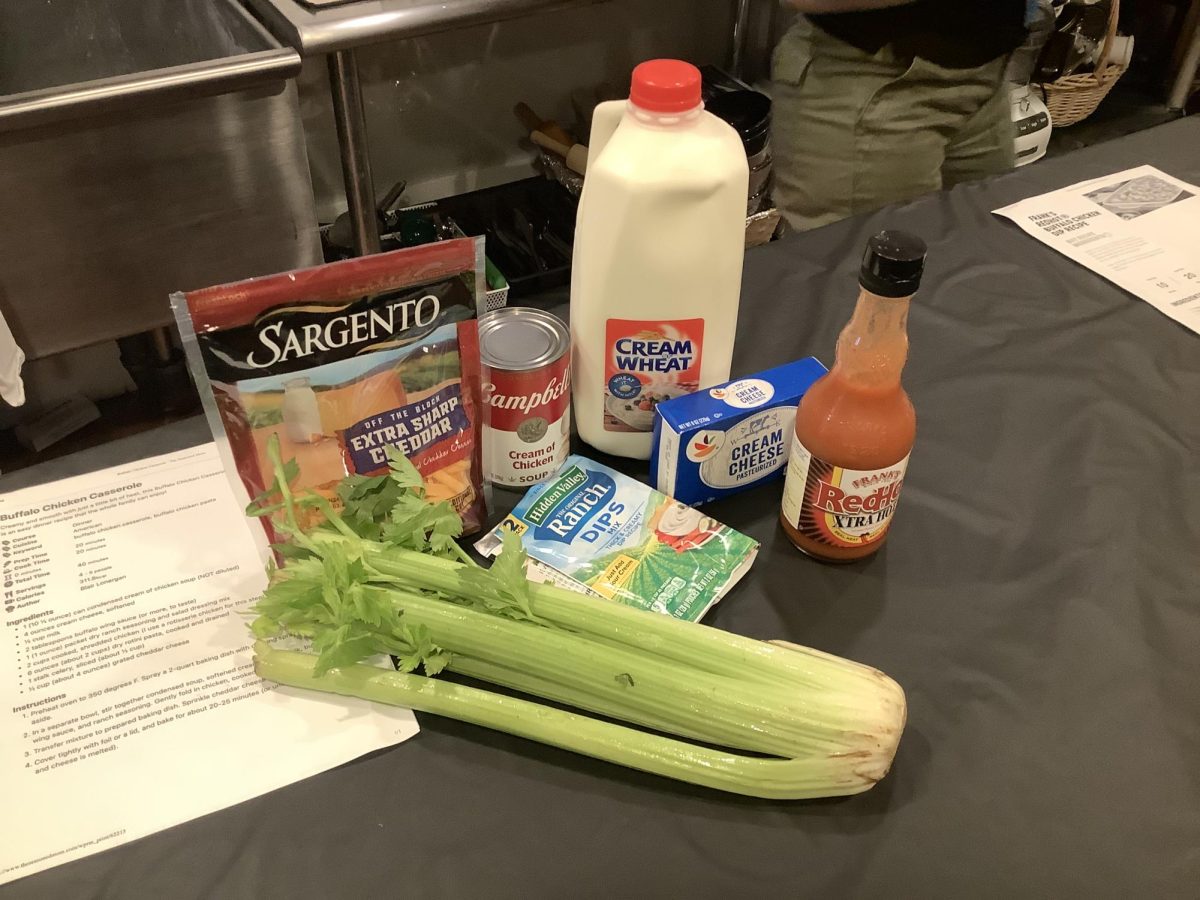YouTube recently updated their “restricted mode,” which filters out and blocks videos that would be considered not family-friendly. The controversy about this update, though, is that videos about LGBTQ+ topics are now being blocked.

This sparked a huge backlash on social media sites such as Twitter. The hashtags “#YouTubeIsOverParty” and “#YouTubeRestricted” were in the top ten trending topics on Twitter for quite a while after the update was implemented. One user uploaded the exact same arbitrary video to YouTube twice, except one of them had the word “gay” in the title. That one was blocked, but the one without “gay” in the title wasn’t.
Videos aren’t the only thing being censored. Entire channels were being blocked just because the creators are LGBTQ+. Micah Scott, a transgender YouTube creator who makes videos about electric engineering, had her entire channel blocked because of the mode, even though she doesn’t have a single video about LGBTQ+ topics on her channel. Micah tweeted “Schools that use restricted mode should know they’re letting a buggy AI define their students’ access to information.”
LGBTQ+ rights activists are saying that this is preventing children who may be questioning their sexuality or gender from getting access to helpful resources. YouTube is the main medium that kids will look through to find other people who may share similar experiences and have useful information for people like them. Blocking those topics is like preventing children going through puberty from learning about what is happening to their body. It could leave them confused, upset, angry, and depressed.
YouTube replied to the outcry by saying “We are so proud to represent LGBTQ+ voices on our platform–they’re a key part of what YouTube is all about. The intention of Restricted Mode is to filter out mature content for the tiny subset of users who want a more limited experience. LGBTQ+ videos are available in Restricted Mode, but videos that discuss more sensitive issues may not be. We regret any confusion this has caused and are looking into your concerns. We appreciate your feedback and passion for making YouTube such an inclusive, diverse, and vibrant community.” People didn’t take that as an apology, though.
The fact that YouTube openly admitted to censoring some LGBTQ+ videos only caused more backlash. It outright goes against their democratic motto, “Broadcast Yourself.” Many creators are arguing that this is YouTube’s way of equating LGBTQ+ topics, and even people, as “not family-friendly.” Social media rioted even more than they did originally after this statement.
Because of this, Johanna Wright, Vice President of Product Management for YouTube, made another apology: “While the system will never be 100 percent perfect, as we said up top, we must and will do a better job. Thanks to your feedback, we’ve manually reviewed the example videos mentioned above and made sure they’re now available in Restricted Mode — we’ll also be using this input to better train our systems. It will take time to fully audit our technology and roll out new changes, so please bear with us. There’s nothing more important to us than being a platform where anyone can belong, have a voice and speak out when they believe something needs to be changed. We truly appreciate your help keeping the YouTube community archive and engaged on topics that matter to creators and YouTube fans alike.” Channel owners were then given the option to make individual cases if needed.
Controversy is still going on about this topic, and how YouTube could be purposefully blocking LGBTQ+ creators and topics. But for now, the fact that creators have a voice in whether their videos get blocked is a step in the right direction.






